Tiber Health’s analytics-enhanced Master of Science in Medical Sciences (MSMS) program leverages state-of-the-art technology to support student success. We’ve written before about what predictive analytics is, how it could help drive more personalized assessments, and how our program’s success shows one possible pathway for diversifying the healthcare workforce. In this article, we want to address the differences between predictive analytics and artificial intelligence (AI). These terms are often used interchangeably, but they refer to distinct concepts that serve different purposes. This blog post will demystify these terms, highlighting their unique characteristics, the roles they play in today's technology landscape, and how they impact our MSMS program.
What Is Predictive Analytics?
Predictive analytics is a branch of data analysis that determines the likelihood of future outcomes based on past data. It focuses on predicting future events, trends, and behaviors.
Predictive analytics relies heavily on historical data. By analyzing patterns and trends in this data, it makes predictions about future events. Predictive analytics programs use statistical techniques such as regression analysis, time series analysis, and machine learning models to generate predictions.
Any data-driven industry that relies on forecasts will use predictive analysis. It can be used for weather and climate modeling, sales forecasts, risk management for finance and insurance, customer behavior analysis, election forecasting, and more.
What Is Artificial Intelligence?
Artificial intelligence is a broader field that involves creating systems capable of autonomously performing tasks that typically require human intelligence. These tasks include learning, reasoning, problem-solving, understanding natural language, and perception.
AI systems are designed to mimic human cognitive functions such as learning and problem-solving. Machine learning, a subset of AI, enables systems to learn from data and improve over time without being explicitly programmed. Machine-learning algorithms can be used to detect errors and recognize patterns, among other things.
AI encompasses a wide range of applications, from natural language processing (NLP) and computer vision to robotics and autonomous systems. For example, AI-powered assistants like Siri and Alexa understand and respond to human speech, while AI algorithms track your preferences on video websites to recommend what you should watch next. AI can also enhance the vision of machines, whether it’s an MRI scanner that can spot issues faster or a self-driving car that can see other traffic.
Differences in the Human Factor
One way to understand the differences between AI and predictive analytics is to understand the role people play in making them work.
Because predictive analytics relies on past data and statistical techniques, humans need to enter data and update the program manually. Predictive analytics programs are generally only for producing forecasts. While these forecasts can be used across a wide number of industries, the ultimate goal is to predict outcomes given based on past performance.
AI covers a broader range of technologies and applications. It can be used in anything from cars and smartphones to customer service chatbots and e-commerce websites. Humans need to feed AI data, but once an AI is “trained,” it adjusts its own programming. AI models include machine learning, neural networks, natural language processing, and robotics.
How We Use Predictive Analytics in Our MSMS Program
Our MSMS uses a flipped-classroom format with digital quizzes and assignments that generate data about each student’s understanding of topics taught in class. With our predictive analytics model, we can compare performance data from current students to performance data from past medical students. We can then generate the predicted likelihood of current students passing the USMLE Step 1 exam. This is a form of risk management—the USMLE Step 1 prediction offers medical schools an additional factor to consider when our graduates apply to their programs.
Machine learning can help contribute to predictive analytics models like the one that backs the Tiber MSMS. In that sense, we are using a type of AI to help power the technology behind our degree. What really matters, however, is having the opportunity to prove yourself capable of mastering medical school-level coursework. Find the right MSMS for you—explore our nine university partners today!



